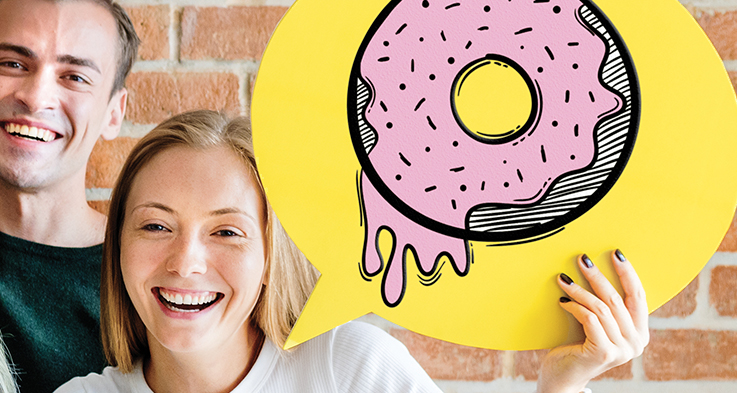A successful RCT positions liraglutide as a potential new add-on therapy for adolescents
A pharma-funded trial could put liraglutide in the running as the next add-on therapy for teenagers with type 2 diabetes, but there are a few unanswered questions, the study shows.
The randomised clinical trial, published in NEJM in August, found that teenagers who took liraglutide for six months had significantly lower glycated haemoglobin than a placebo group.
The phase 3 trial included 135 patients with type 2 diabetes and obesity, some of whom were taking metformin and around 20% of whom were on insulin.
At six months, there was a 1.06 percentage-point gap in HbA1c levels between the liraglutide and placebo groups.
This gap increased to 1.30 percentage points during the six-month open-label phase of the trial.
Almost twice as many patients in the liraglutide group attained glycated haemoglobin levels of less than 7% than the placebo group (64% versus 37%).
The trial was funded and designed by Novo Nordisk, and the paper was co-authored by Dr William Tamborlane, a professor of paediatric endocrinology at Yale University.
The trial was described as a “breakthrough” by Queensland paediatric endocrinologist Dr Rachana Dahiya, who has been looking into prescribing liraglutide to a number of her paediatric patients with type 2 diabetes.
“A relative reduction of 1.3% is clinically significant and would be associated with less development of diabetes-related complications,” she said.
The only medications that can currently be prescribed for teenagers with this condition are metformin and insulin. Both of these failed to preserve beta cell function in paediatric type 2 diabetes “so another agent is needed”, Dr Dahiya said.
“Metformin is also a fairly mild medication and as a monotherapy has been associated with ~50% treatment failure in paediatric type 2 diabetes,” she said. “Once insulin is added in to control blood glucose levels, it is associated with weight gain and hypoglycaemia which are unfavourable side-effects.”
The gains in blood sugar control from liraglutide treatment come at a cost however, with more gastrointestinal problems in the liraglutide group. But these side-effects were well-known from the adult studies, Dr Dahiya said.
Adult studies showed that liraglutide treatment caused weight loss, but, surprisingly, there was no difference in body weight between the two paediatric groups by the end of the study.
“At a dose of 3mg, liraglutide has been associated with weight loss,” Dr Dahiya said. “The current study in NEJM only increased the dose of liraglutide to a maximum of 1.8mg, but a lot of children were on 1.2mg, so effects on weight were not seen.”
Liraglutide is TGA-approved for use in adults with type 2 diabetes and obesity in Australia.
Despite multiple requests from Novo Nordisk, the injections still aren’t PBS-listed for adults with type 2 diabetes and cost around $380 per month.
“Liraglutide is not yet PBS-listed in combination with metformin for children in Australia but is approved by the FDA since June this year in the US for children 10 years and older with type 2 diabetes,” Dr Dahiya said.
Further studies were needed to investigate whether liraglutide also reduced morbidity and mortality in children, as has been shown in adult studies such as the LEADER trial, she said.
“The standardised mortality ratio is six-fold higher in paediatric type 2 diabetes and ~53% of these deaths are related to cardiovascular disease,” Dr Dahiya said. “It makes liraglutide a very appealing and perhaps necessary option for these patients.”
However, there were many unanswered questions, such as: “What are the long-term effects of liraglutide in paediatric patients?” she said.
“In studies in mice, liraglutide was associated with medullary thyroid cancer, pancreatitis and pancreatic cancer.
“This has not been found in adult studies, but most studies have been less than five years in duration.
“If children were to be on this medication, they would be on it for a few decades, so measurement of long-term effects are warranted.”


